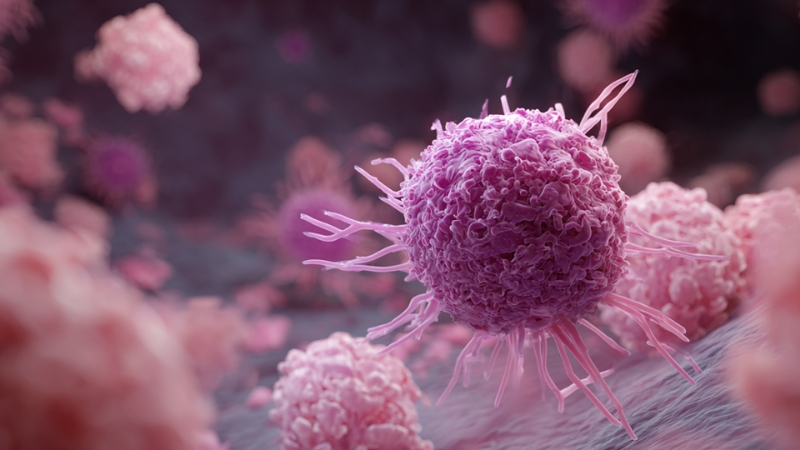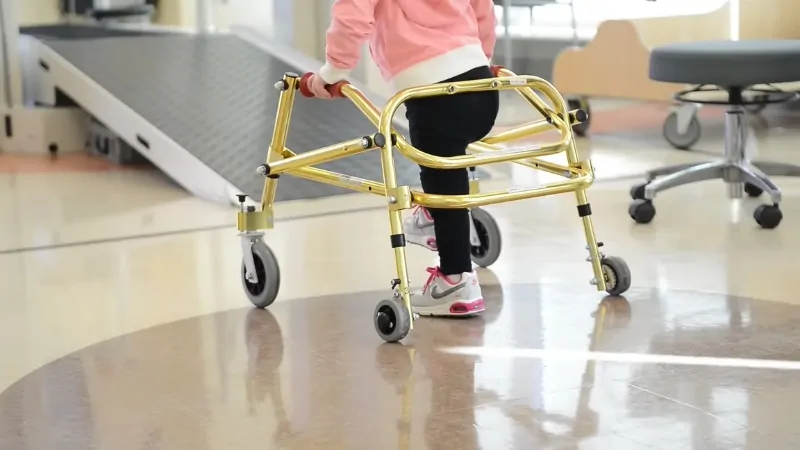This past week at NCHStats had one running theme, and honestly, it surprised even us. Every conversation, every side chat, every “quick question” somehow circled back to the same topic: cloud seeding.
It felt like we spent five straight days talking about whether humans can actually nudge the weather into doing what we want.
It all started with New Delhi. When the city launched a last-minute artificial rain attempt to break through dangerous smog levels affecting nearly thirty million people, it grabbed everyone’s attention.
One moment, we were planning our usual coverage, and the next moment, half the newsroom was debating chemicals in clouds and whether weather engineering is now just part of the toolbox for big cities under pressure.

From there, the conversations took on a life of their own. Someone asked how cloud seeding even works. Someone else wanted to know if it really increases rainfall or if it just improves the odds by a tiny amount.
Someone pulled up US data, and suddenly we were comparing notes on which American states have been running cloud seeding quietly for years.
And that became one of the most surprising parts of the week. People imagine cloud seeding as something only China or the UAE does, but the US is deep into it too. States like Wyoming, Colorado, Utah, Idaho, Nevada, and parts of Texas have programs that run year after year.
Some publish detailed reports. Some treat it almost like regular water infrastructure. Meanwhile, when New Delhi does it in an emergency, the whole world stops to watch.
Between all this, we kept digging into rainfall data, agency reports, and how different countries measure impact. It became pretty clear that cloud seeding is no longer a fringe idea.
It is becoming a practical option for places running out of choices during droughts or pollution spikes. The only difference is awareness. Some countries see weather modification as a last resort. Some US states treat it like paperwork.

We had plenty of other stories on our editorial board – new demographic data, hospital system releases, a few big trend pieces we have in the pipeline – but the cloud seeding debate kept pulling everyone back. It shaped the entire mood of the week.
And because this was the week nothing could stay simple, our coffee machine broke on Monday. So add in a newsroom full of people walking out to buy coffee twice a day, and you get the full picture.
Maybe all the extra caffeine runs gave us more time to talk. Or maybe we were just cranky enough to have opinions about silver iodide before lunch.
Either way, that was NCHStats this week: a mix of climate pressure, data obsession, weather experiments, and a lot of coffee runs. A strange combination, but somehow it all fit together.







